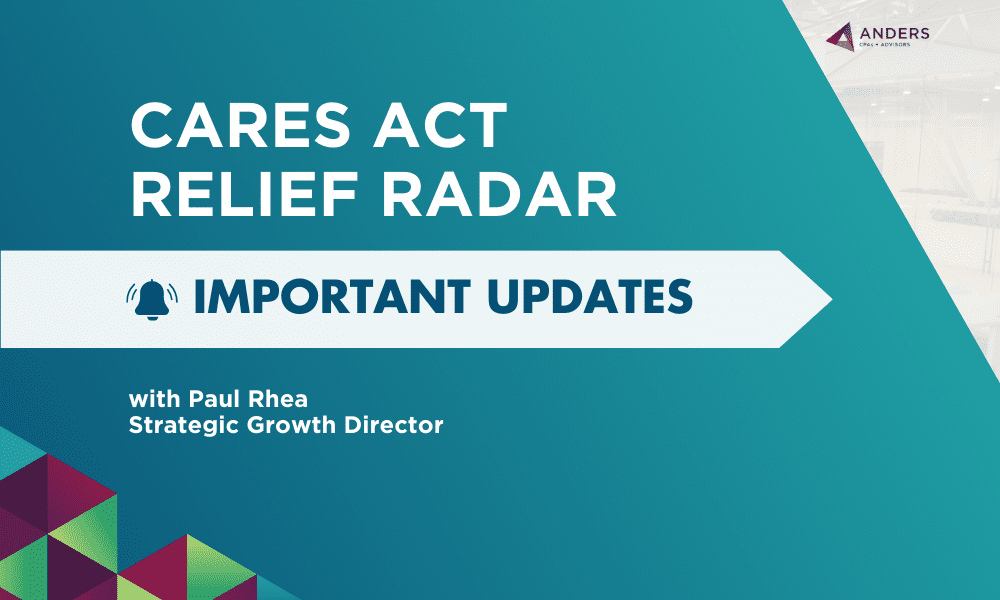On Sunday, March 15, the announcement that the Federal Reserve was lowering rates again to virtually zero percent sent shockwaves into the market. It was certainly expected by those that follow the changes, but the unprecedented Sunday announcement was a bit concerning. However, after the dust settles, it’s important to consider the differences between this downturn and those in the past: The Great Depression of the 1930s, Black Monday in 1987, and the Financial Crisis of 2008.
Clients are concerned with the banking and credit markets, and asking, “How will we continue to fund our businesses? Will the banks have a desire to continue lending, and are they in a position to still be a financial partner?”
3 key differences between now and then:
- Prior to the issues posed by COVID-19, the economy, by most measures, was strong and the fundamentals are still in place. This was not so in previous downturns.
- Going into this crisis, the banking industry was very sound. Lending practices have significantly improved, and credit quality metrics are better than at any time in modern history. Banks for the most part are well-capitalized. In 1930 and 2008, the banks were already in a weakened state and had to be bailed out by the government – which took years to recover.
- The Fed has been extremely aggressive this time by lowering rates and injecting billions of dollars into the banking system so that they can continue to fund the needs of our clients and the businesses that are the lifeblood of this economy. There has been 50 billion dollars added for SBA lending alone.
In significant downturns in history, the banking industry was in no position to help any needed recovery. Frankly, they were a big part of why we were in it in the first place. In 2020, the banking industry will be a key player in the recovery and help shorten the pain that was so prevalent in the past.
For many of our clients, now may be a great time to dust off the balance sheet and look at the debt position and take advantage of the rate environment. There are two things to be sure of: the sun will rise tomorrow, and banks should be more than happy to lend money and restructure debt given their liquidity position.




